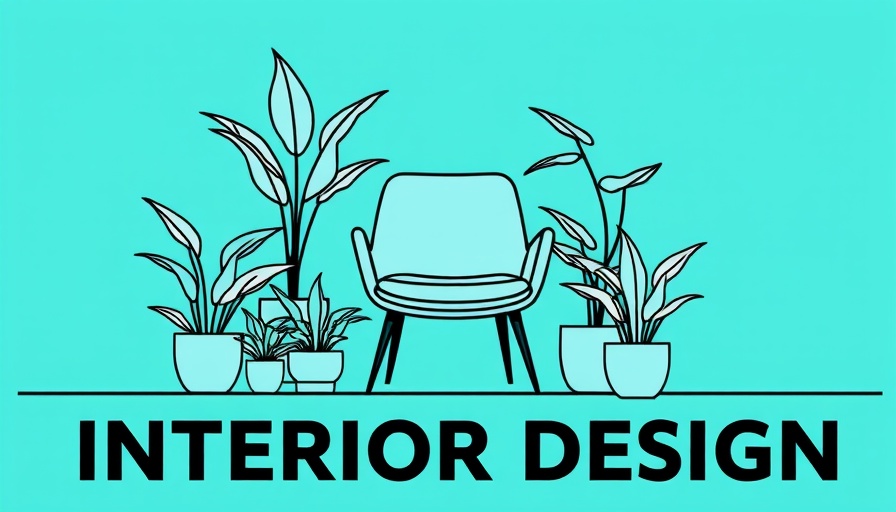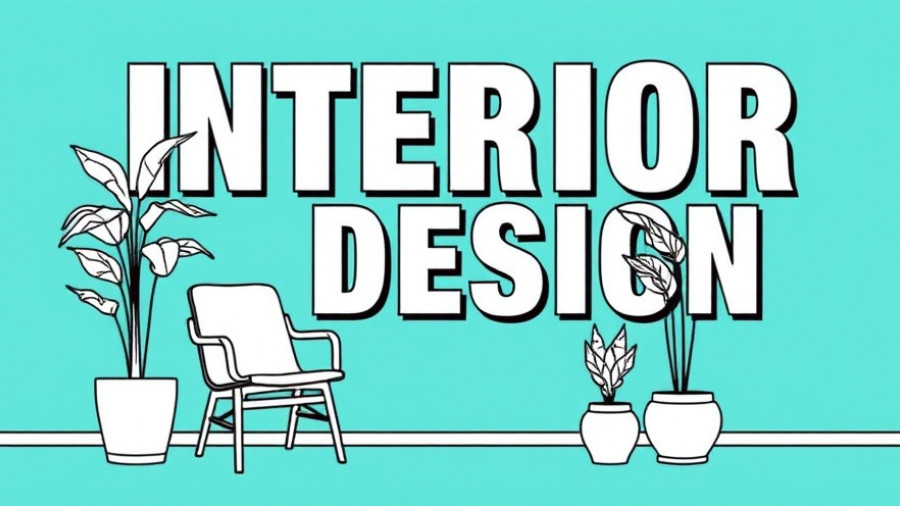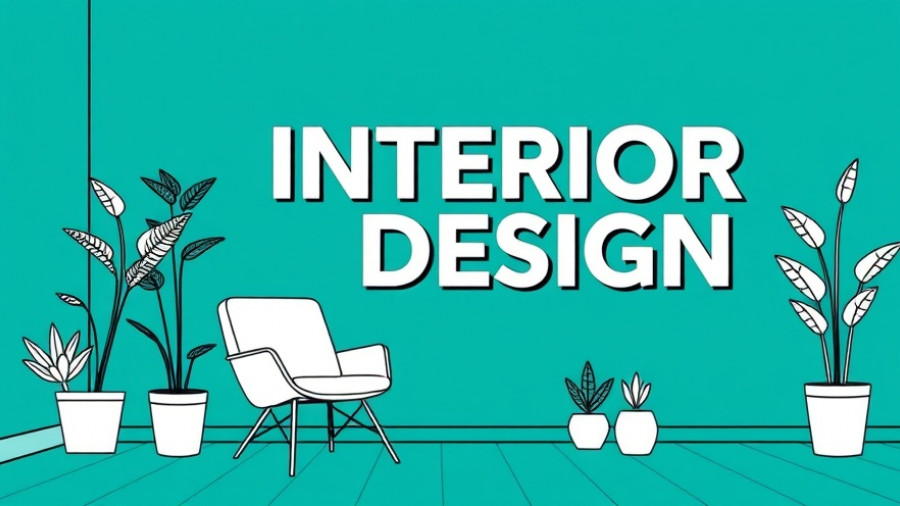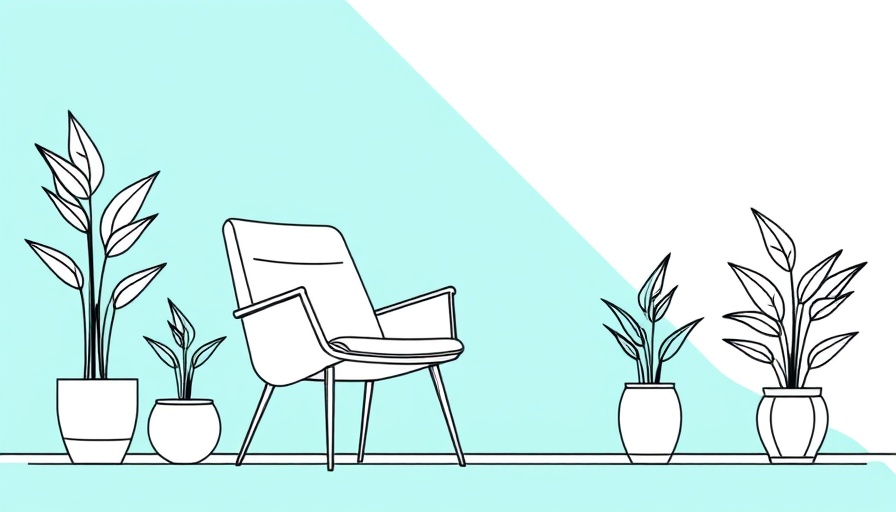
Creating Visual Harmony in Your Home: Why It Matters
For homeowners in the Hampton Roads area, achieving visual harmony in your home isn’t just about aesthetics; it’s about comfort, functionality, and embracing your personal style. As families look to create inviting and relaxing living spaces, understanding the nuances of interior design can transform a house into a home. The key to this transformation lies in the harmonious blend of color, scale, proportion, and texture throughout your spaces.
Understanding the Principles of Interior Design Harmony
Harmony in interior design is about creating spaces where all elements feel like part of a whole. Think of it as the sum of your room’s parts: each color, texture, and shape should complement each other to evoke a sense of tranquility. This harmony differs from balance and unity, focusing more on how these shapes and colors interact to create a soothing environment, particularly in family spaces that are meant for relaxation and gathering.
Simple Steps to Achieve Visual Harmony
Wondering how to create visual harmony in your interiors? Start by choosing a cohesive color palette. Select 2-3 main colors that reflect your family’s personality, and then incorporate accent colors to enrich the space. This method not only establishes a unified look but also ensures that each area of your home feels connected.
Next, pay attention to the layout of your furniture. Arranging furniture to allow easy movement and ensuring a clear focal point will make your home feel more inviting. For instance, in a living room, group seating around a central coffee table or television to foster conversation and interaction.
The Importance of Textures and Lighting
Incorporating a variety of textures is crucial for adding depth and interest to your home. Look for opportunities to mix materials—smooth glass surfaces with cozy fabrics can create warmth without overwhelming the senses. Likewise, the right lighting enhances your home’s visual harmony. Aim for layered lighting that serves different functions: ambient lighting provides overall illumination, task lighting focuses on specific areas, and accent lighting highlights artwork or architectural features.
Creating Emotional Connections Through Design
The best home designs reflect personal stories and experiences. By showcasing family photos and meaningful décor, you can foster emotional connections that transform your home into a warm sanctuary. Design cozy areas, such as reading nooks with soft cushions and throws, where family members can relax and unwind together.
Common Mistakes That Disrupt Interior Harmony
Avoid clashing colors or overcrowded spaces, as these can detract from your home’s serene quality. Overcrowding with furniture stifles the flow, making it difficult to appreciate each design element. Always ensure there’s a focal point that draws the eye and gives the room character. This could be a piece of art, a custom lighting fixture, or an accent wall that embodies your design vision.
Thinking Long-Term: Evolving Your Home's Design
As your family grows, your interior design may need to evolve. Staying attuned to your family's changing needs—whether it's more storage, larger dining areas, or new décor that reflects your current taste—ensures that your home remains a comfortable sanctuary. Regular updates can keep your living spaces feeling fresh and engaging, fostering a sense of peace in your day-to-day life.
Call To Action: Explore Local Activities
Ready to elevate your living experience in Hampton Roads? Contact us for recommendations on fun activities in the area that complement your new, harmonious home design. Whether you’re looking for local crafts, design workshops, or family-friendly outings, we’re here to help enhance your lifestyle!
 Add Row
Add Row  Add
Add 



Write A Comment